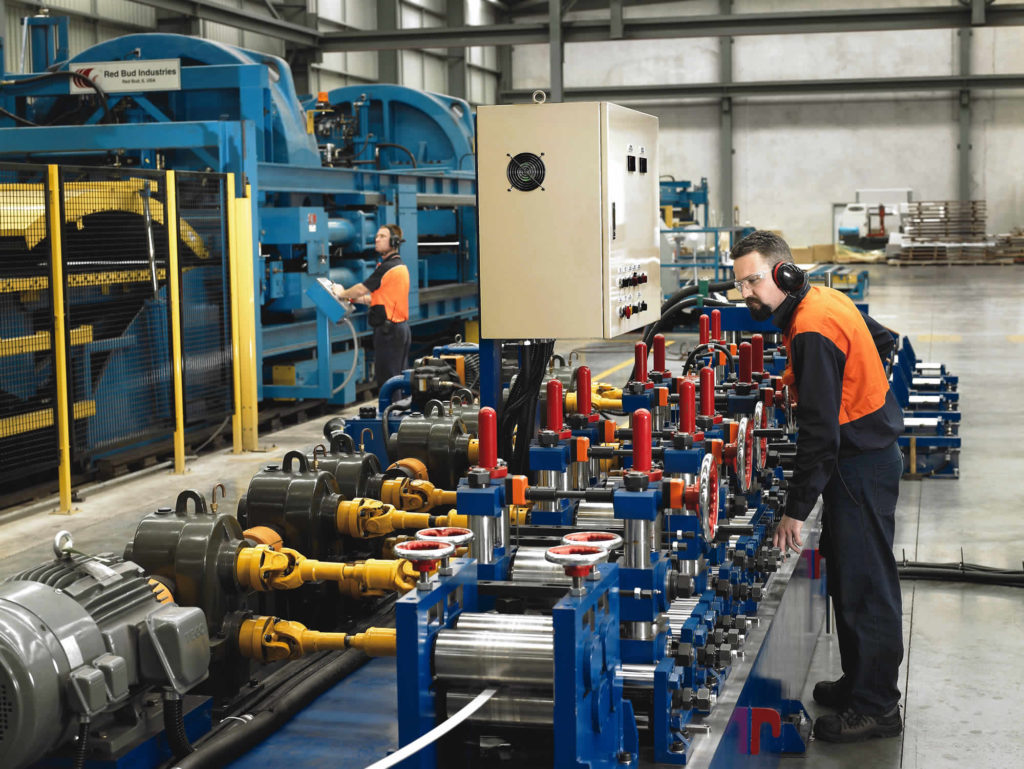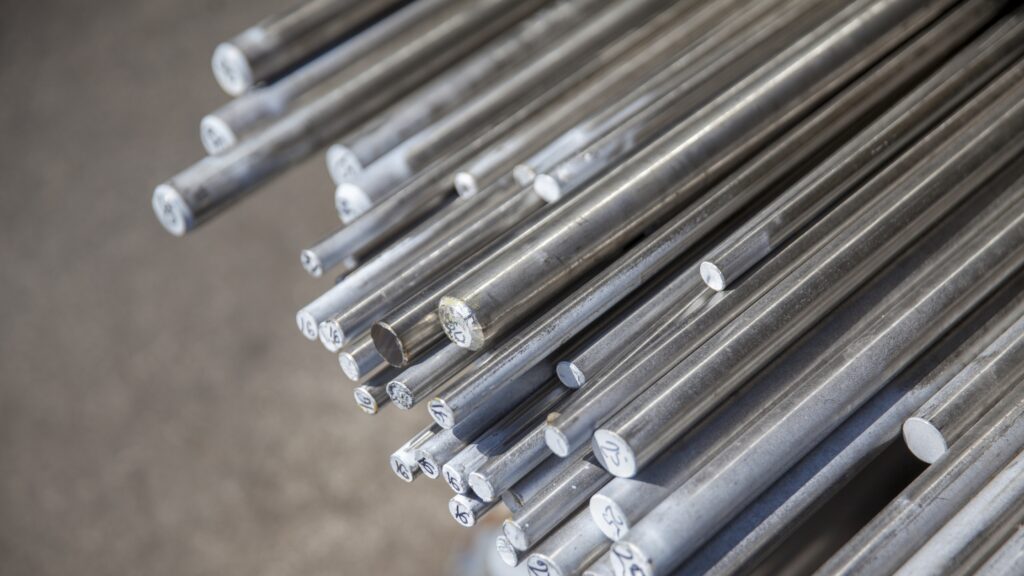Choosing the right stainless steel bar shape is critical to your project’s structural integrity, cost-efficiency, and long-term durability. Among the most compared types are flat and round bars, both engineered to serve different mechanical and design needs.
In this guide, we’ll break down the differences between stainless steel flat bar vs round bar, explore their advantages, applications, and when to consider alternatives like square or hexagonal bar. Whether you’re machining precision shafts or building structural frameworks, knowing the strengths of each form can help you choose the right material, grade, and finish.
Flat vs Round Bar: Key Differences Explained
Flat and round bars are not similar at a glance, their shape, mechanical properties, and applications vary significantly:
- Flat Bar: A rectangular section with consistent width and thickness, ideal for applications where surface area and weldability matter. Commonly used for structural bracing, base plates, and custom fabrication.
- Round Bar: Cylindrical in shape, ideal for rotational components or machining applications where symmetry and precision are critical. Used in shafts, pins, and fasteners as examples.
Each shape offers a different profile for load distribution, corrosion resistance, and machinability. Choosing the right form comes down to function, not just appearance.

When to Use Stainless Steel Flat Bar
Applications:
- Structural supports and reinforcements
- Base plates, gussets, and brackets
- Architectural frames and balustrades
- Custom metal fabrication and transport equipment
Advantages:
- Large surface area – provides strong weld points and broad load distribution
- Uniform thickness – easy to cut, bend, and process
- Versatility – used across construction, mining, and infrastructure based industries
Flat bars are often chosen when static load-bearing is required, and the material needs to be bolted or welded flush with other surfaces. Midway Metals stocks flat bars in a range of grades, widths (up to 200mm), and thicknesses, available in mill or polished finishes.
Explore our stainless steel flat bar range
When to Use Stainless Steel Round Bar
Applications:
- Shafts and axles in motors and pumps
- CNC-machined components
- Threaded rods, pins, and spacers
- Construction fittings and marine hardware
Advantages:
- Consistent diameter – ideal for turning, threading, and precision machining
- Smooth rotation – optimal for components with dynamic loads
- High strength-to-weight ratio – especially in hardened or duplex grades
- suitable for food processing, chemical, and offshore use
Round bars are often cold drawn polished or centreless ground for enhanced straightness and dimensional tolerance. Midway Metals offers diameters ranging from 6mm to over 300mm, in grades like 304 and 316, suited for both fabrication and finishing.
Learn more about the difference between 304 & 316 steel
Other Stainless Steel Bar Types
Square Bar
Ideal for fabrication projects requiring angular shapes or decorative symmetry. Commonly used in gates, furniture, and structural applications. t
Hexagonal Bar
A six-sided bar often used for mechanical fasteners, nuts, and valve stems. The hexagonal profile allows easy wrench access.
What Are the Disadvantages of a Hexagonal Bar?
Due to its complex geometry, hexagonal bars can be harder to machine than round or flat alternatives. It’s also less suited to structural load-bearing applications.
Discover more stainless steel bar shapes

FAQ’s About Stainless Steel Shapes
What is the difference between flat bar and round bar in strength?
Flat bars are better suited to static loading, distributing force across a wider surface. Round bars excel under rotational or torsional stress, such as in shafts or moving assemblies, thanks to their consistent diameter and symmetrical geometry.
What are stainless steel round bars used for?
Round bars are used in applications that require precision machining, such as motor shafts, fasteners, gear pins, and load-bearing rods. Their uniform shape makes them ideal for rotating parts or CNC machining.
What are the advantages of a flat bar ?
Flat bars provide broad contact surfaces, ease of welding, and strong dimensional stability. They are cost-effective, widely available, and simple to process using standard fabrication tools.
Choosing the Right Stainless Steel Bar Shape
Selecting between flat bar and round bar comes down to application and processing needs. If you’re machining high-precision components, a round bar may offer better dimensional accuracy. For structural support, flat bars provide broader load transfer and weld surface.
At Midway Metals, we supply an extensive inventory of Australian-certified stainless steel bars, in standard and custom sizes, across:
- 304, 316, 431 and duplex grades
- Polished and mill finishes
- Cut-to-length options
All our products comply with ASTM and AS/NZS standards, and we pride ourselves on delivering steel that performs reliably in every application.
Get Expert Help from Midway Metals
Still unsure which shape suits your project? Speak with our technical team today. We can recommend the right bar type, grade, and processing option based on your exact needs, whether it’s strength, corrosion resistance, or machining precision.
Contact us for a tailored quote or browse our full stainless steel bar range to get started.
With over 30 years of industry leadership and national distribution, Midway Metals is your trusted partner in stainless solutions.
